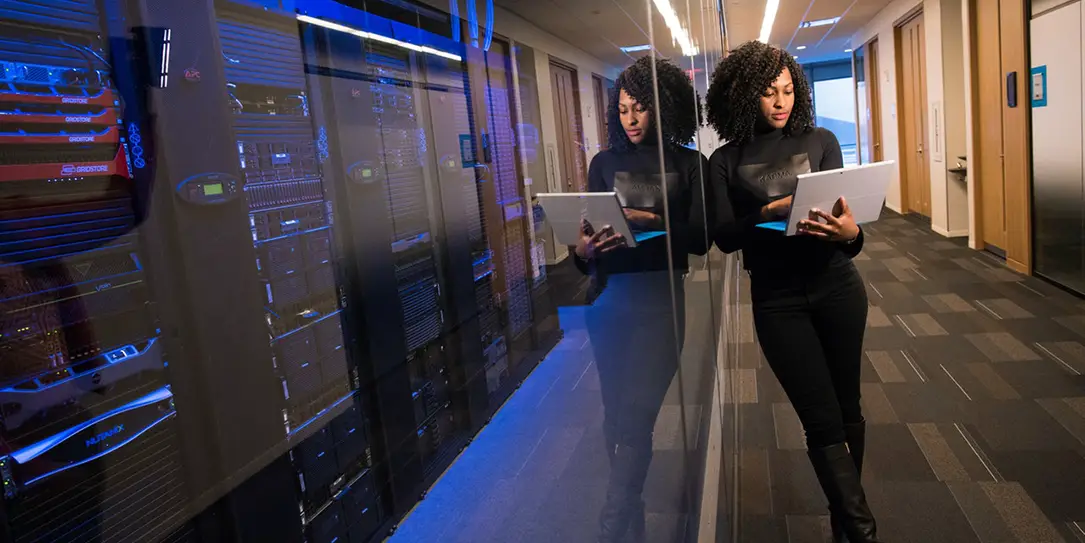Statistics show that in the tech industry, the risk of occupational accidents, injuries, and illnesses is lower. This seems like common sense. Career paths in tech don’t sound like something high-risk. So, should tech companies be concerned about the health and safety of their employees?
Estimated reading time: 6 minutes
That’s an excellent question. The answer is yes. Although the risks are lower, that does not negate the fact that they exist, and as this article will show, the tech industry has created a culture that makes it challenging for employees to take care of their health.
To begin with, providing a safe working environment is not only important for morale, but it is also a legal requirement. It’s true that some jobs are more dangerous than others, and “software engineer” is not high on the list. Having said that, all jobs involve some degree of risk. Maybe you spend most of your working hours writing code or attending meetings, but you could trip and injure yourself while trying to get a cup of coffee from the kitchen.
The United Kingdom has a set of official health and safety regulations that must be implemented by any organization that employs people. The most relevant in this case would be the Display Screen Equipment (DSE) Regulations 1992 (amended 2002). The DSE Regulations apply to any employees that use DSE – computers, laptops, smartphones, etc.- for one hour or longer per day.
According to these regulations, it’s the employer’s responsibility to protect their staff from the health issues associated with DSE. They must perform risk assessments on workstations, offer additional equipment if needed, train employees, schedule regular breaks, make sure employees take them, and provide free eye and eyesight examinations upon request.
The most common health issues associated with DSE work are musculoskeletal disorders, visual fatigue, and stress. Even though the risks are not high, these health issues can have a substantial impact if health and safety guidelines are not followed properly. Since DSE workers are so prevalent in today’s world, the cumulative health impact this type of work can have is statistically significant. The HSE sees enforcement of DSE Regulations as an important step in helping the Priority Programme on Musculoskeletal Disorders achieve its objectives. However, in the tech industry, they appear to have become accepted as a natural part of the job, rather than something employers should continuously try to prevent.
Hazards like obstructions on the walking paths, poor lighting, slippery floors, and the use of chairs or ladders during maintenance also make tech workers vulnerable to slips, trips, and falls. These kinds of hazards can be found in any industry. What sets the tech industry apart is the lack of initiative in mitigating them.
In order to recruit top talent, it’s common practice for tech companies to offer competitive benefits. Since high wages and stock options are considered standard, they often advertise positions through extra workplace facilities, longer paid leave, the ability to work from home, discounts, and wellness programs. At the same time, many of the same companies treat their employees as expendable resources that ought to be replaced as soon as they begin to cause inconveniences.
From a legal point of view, employers are responsible for the health and safety of their employees while they are on the job, regardless of the type of job they have. Audits, hefty fines, and litigation are all consequences of neglecting this responsibility. Employees also have the right to sue for compensation if they are injured because of the employer’s negligence. Resources like CompensationCalculatorUK can teach you more about the legal implications of health and safety issues.
The size and scope of these problems in the tech sector are unclear because most studies group all desk jobs together. There seems to be a culture of silence around the topic of workplace injuries and illnesses because tech workers realize that they’re considered expendable, which makes them fearful of how filing a complaint might affect their careers.

How Does the Tech Industry Need To Change?
A strong health and safety program can be much more powerful in attracting and retaining top talent than trivial incentives like free snacks and ping pong tables. It communicates to potential employees that the company is mindful of their wellbeing. You can also look at it as a means for tech companies to show that they appreciate their staff’s hard work and dedication.
But it’s not enough to print pamphlets with safety instructions and distribute them around the office. A successful program requires engagement, which can only be attained through clear communication and training. Tech workers have to be provided with training on common hazards such as using a fire extinguisher, what to do in case of an emergency and how to prevent and handle slips, trips, and falls.
The working environment also has to be assessed to check for safety hazards. Insurance firms will generally offer free safety audits and consultations to put employers in touch with training resources. They benefit from offering these services for free because this way they can lower the number of claims. Tech companies can also benefit because if they implement the insurance provider’s recommendations, they can negotiate lower premiums.
Many tech workers report having problems like frequent headaches, back and pain neck, impaired vision, and repetitive strain injuries. The majority of those who have chronic health problems say they developed them because they work in a culture that puts so much pressure on them that they’re hesitant to take time off to recover, so temporary aches and pains worsen.
The most important step the tech industry needs to take in order to encourage a healthy and positive work culture is to limit overtime. Although passion tends to be regarded as an essential quality of a good software developer, they can’t be expected to live and breathe for their companies. It’s not possible for someone to stay healthy when “crunch time” is seen as normal.
Working such long hours during crunch time forces them to stay confined in their offices and at their desks. It comes as no surprise that this has a negative impact on someone’s mental and physical health. Part of the reluctance tech workers feel about taking time off to go to a doctor and take care of their health is knowing they will have to make up for it. This perpetuates a mindset where career success depends on how much work you can endure until you burn out and where your health comes last.
What are your thoughts? Please share your thoughts on any of our social media pages. You can also comment on our MeWe page by joining the MeWe social network.










